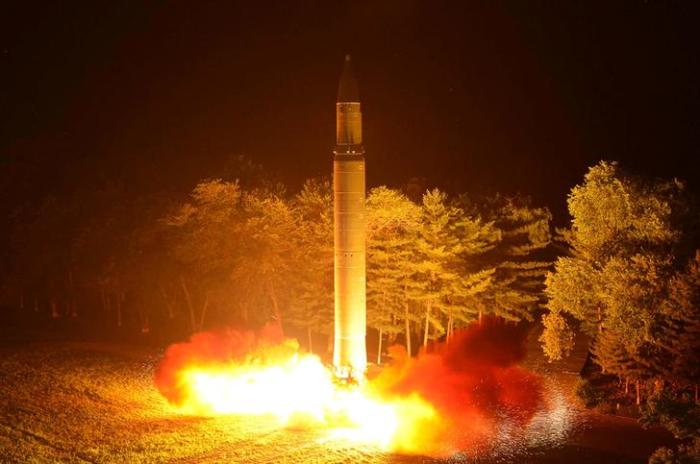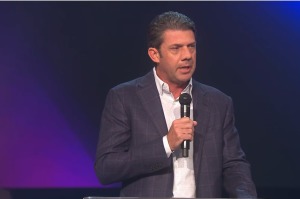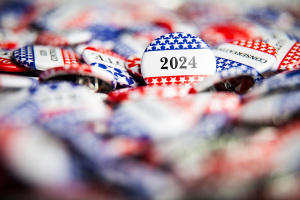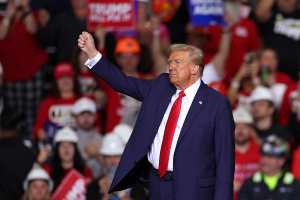US Bombers Fly Over Korea After Missile Tests

In response to North Korea's claim about another successful test of an intercontinental ballistic missile to show its ability to strike the United States, America flew two supersonic B-1B bombers over the Korean peninsula and called on China, Japan and South Korea to do more about Pyongyang's missile tests.
The United States, South Korea and Japan on Saturday conducted 10-hour bomber-jet drills over the Korean Peninsula, according to Fox News, which quoted the Pentagon as saying that the U.S. bombers took off from Andersen Air Force Base in Guam, then flew to Japanese airspace, where they were joined by two Koku Jieitai (Japan Air Self Defense Force) F-2 fighter jets.
"The time for talk is over. The danger the North Korean regime poses to international peace is now clear to all," United Nations Ambassador Nikki Haley said in a statement.
The U.S. Missile Defense Agency also announced that the United States was able to shoot down a medium-range missile in the latest test of its THAAD missile defense program, which is aimed at guarding the country against potential threats, including from North Korea and Iran.
The test was planned before the current tensions with North Korea, however. Gen. Terrence J. O'Shaughnessy, U.S. Pacific Air Forces commander, said in a statement that America and its allies are capable of using "rapid, lethal and overwhelming force against North Korea," if such a situation arises.
The state news agency of North Korea KCNA had reported that North Korean dictator Kim Jong Un oversaw the launch of the missile Friday at midnight to give a "stern warning" to the United States, according to Reuters.
"The test-fire reconfirmed the reliability of the ICBM system, demonstrated the capability of making a surprise launch of the ICBM in any region and place any time, and clearly proved that the whole U.S. mainland is in the firing range of the DPRK missiles, [Kim] said with pride," it said.
North Korea tested the missile the day after the U.S. Senate approved sanctions against North Korea, Russia and Iran.
According to Western experts, the missile could have been capable of reaching as far into the country as Denver and Chicago.
U.S. President Donald Trump issued a statement, saying, "By threatening the world, these weapons and tests further isolate North Korea, weaken its economy, and deprive its people. The United States will take all necessary steps to ensure the security of the American homeland and protect our allies in the region."
Trump also criticized China, saying he was "very disappointed."
"NOTHING for us with North Korea, just talk. We will no longer allow this to continue," he tweeted.
In response, Chinese Vice Commerce Minister Qian Keming said at a press conference, "We think the North Korea nuclear issue and China-US trade are issues that are in two completely different domains. They aren't related. They should not be discussed together."




























